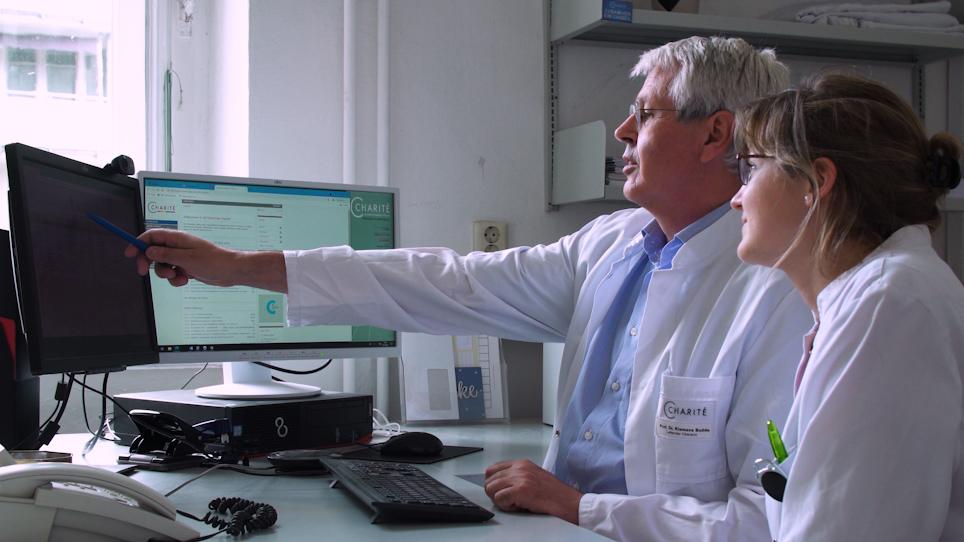Charité Universitätsmedizin Berlin
6 ARTICLES PUBLISHED IN JoVE
Immunology and Infection
High-resolution intravital imaging with enhanced contrast up to 120 µm depth in lymph nodes of adult mice is achieved by spatially modulating the excitation pattern of a multi-focal two-photon microscope. In 100 µm depth we measured resolutions of 487 nm (lateral) and 551 nm (axial), thus circumventing scattering and diffraction limits.
Developmental Biology
A strategy to quantitatively analyze histological data in the bone marrow is presented. Confocal microscopy of fluorescently labeled cells in tissue sections results in 2-dimensional images, which are automatically analyzed. Co-localization analyses of different cell types are compared to data from simulated images, giving quantitative information about cellular interactions.
Cancer Research
Here, we provide a workflow that allows the identification of healthy and pathological cells based on their 3-dimensional shape. We describe the process of using 2D projection outlines based on the 3D surfaces to train a Self-Organizing Map that will provide objective clustering of the investigated cell populations.
JoVE Core
The MACCS platform is a comprehensive telemedicine concept aiming at better outcomes after kidney transplantation by sharing key medical information between patients and physicians. A telemedicine team reviews incoming data to detect potential complications and to improve adherence in kidney transplant recipients to achieve better long-term outcomes.
JoVE Core
TBase combines an electronic health record with an innovative research database for kidney transplant recipients. TBase is built upon an in-memory database platform, connected to different hospital systems, and used for regular outpatient care. It automatically integrates all relevant clinical data including transplantation-specific data creating a unique research database.
Neuroscience
Here we present two protocols to quantify microglial engulfment of vGLUT1-positive synapses and pHRodo Red-labeled crude synaptosomes using flow cytometry.
Copyright © 2025 MyJoVE Corporation. All rights reserved





